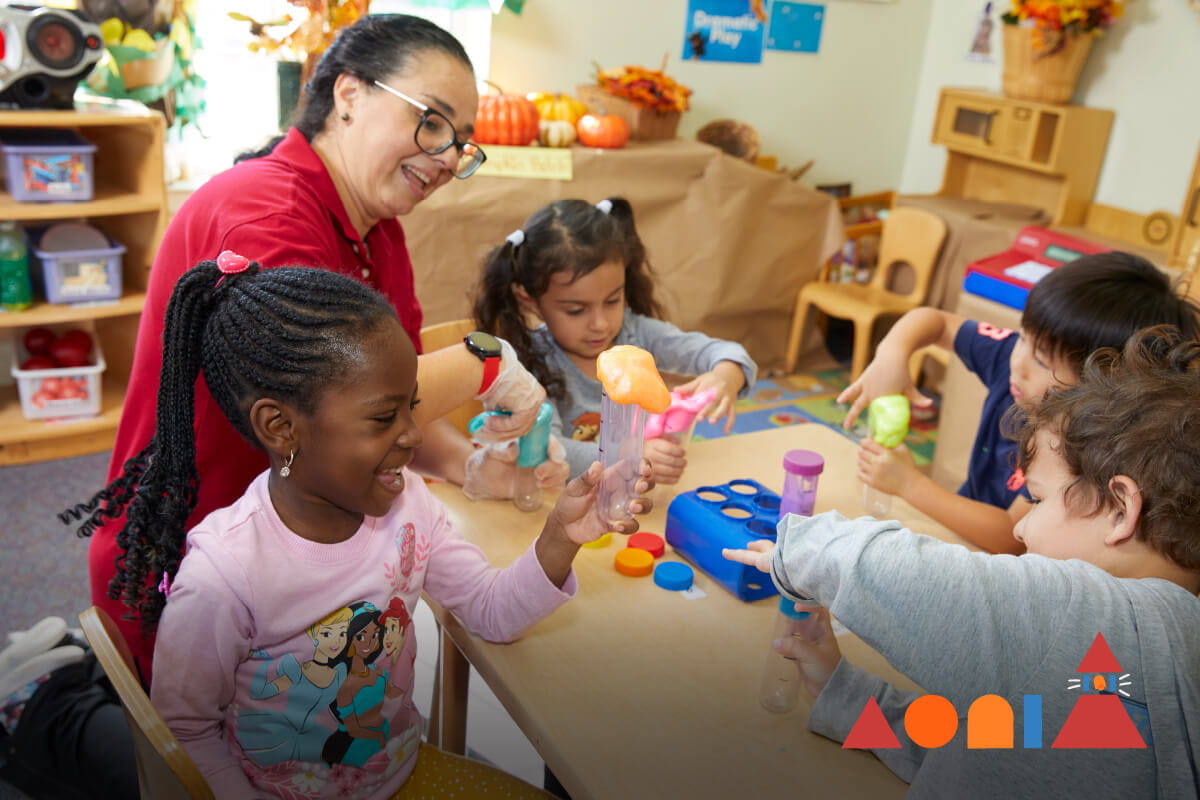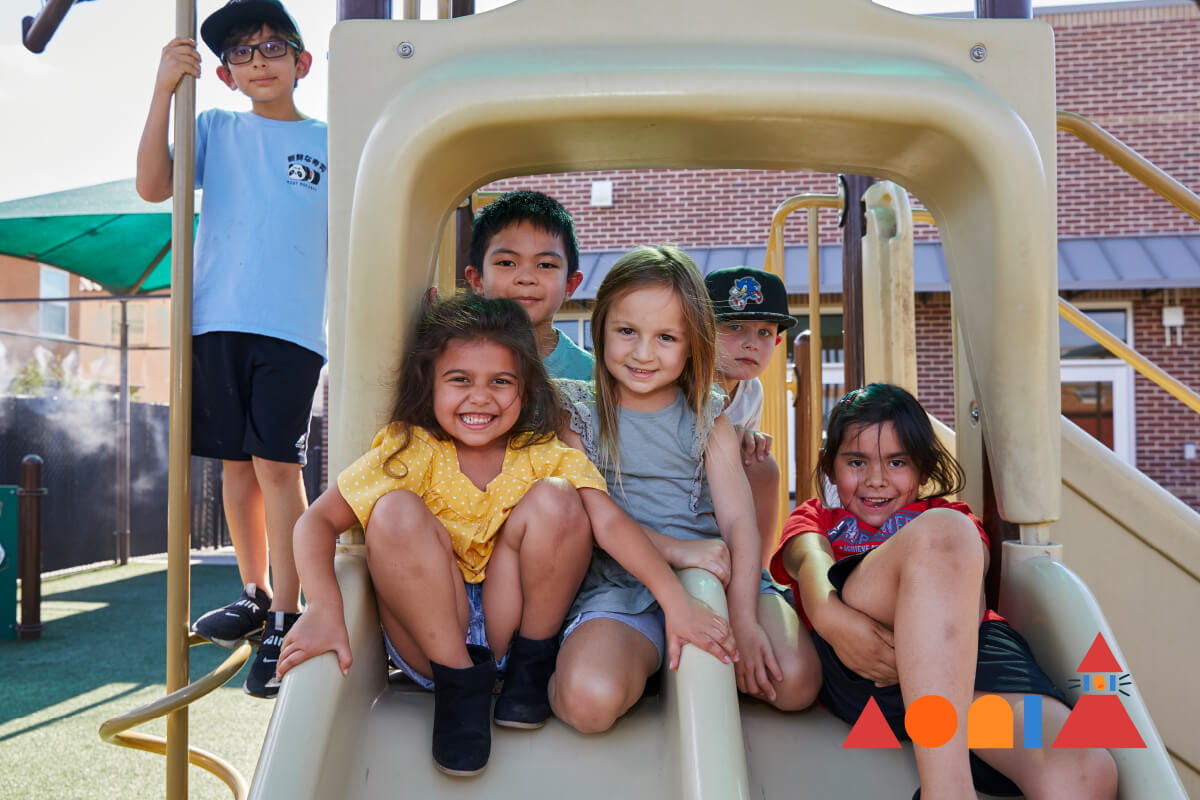It’s All About Belonging
5-minute read
Our centers and classrooms are inclusive learning environments. Each day we discover new ideas and new tools to deepen our connections, and now we’re excited to share some great ways you can bring this learning home:
- To promote self-expression, encourage kids to understand themselves by their interests, talents, and capabilities.
- Acknowledge our similarities and see our differences as the assets that they really are.
- Explore how we show emotions because the way you express them may look different from the way your friend does.
In our centers and our classrooms, we make room for everyone in our circle.
“We’re creating inclusive learning environments and fostering a sense of belonging for the children we care for by supporting their physical, social, and emotional well-being,” says Taunya Banta, Senior Manager of KinderCare’s Inclusion Services team. “Just like learning to read or to add, these are skills that need to be taught and practiced.”
Each day we discover new ideas and new tools to deepen our connections, and now we’re excited to share some great ways you can bring this learning home.

Nurturing Identity
“Encouraging children to understand themselves by their interests, talents, and capabilities, in addition to physical characteristics, helps bolster a strong sense of self and identity,” says Taunya.
To promote self-expression and self-discovery at home, ask your kiddo to tell you a fun fact about their friends or their teacher. Or for a fun activity, try a twist on a self-portrait. Let your child use their favorite food to make a face on their dinner plate or rip out magazine pages that show their interests and collage together a picture of themselves.
Embracing Diversity
“Children from all backgrounds enter our centers and our classrooms and engage with each other to learn how to be part of a community, together,” says Taunya. “We build on the skills we learned about identity, because once you know who you are, then you can acknowledge our similarities and see our differences as the assets that they really are.”
To bring these ideas home, here are a couple of ideas. First, name your favorite things using another language. For example, you can learn French together as a family by discovering a new word or two each week—put sticky notes with your word on the item to see it every day! Another way is to talk about how others move about the world. When you’re in an elevator or at an ATM, point out the Braille and let them feel it. Try running up and down a ramp–how is it different from taking the stairs? And when you see a working dog, talk about that pup’s job and how there are lots of different ways to get around in the world.
Encouraging Empathy
“Identifying emotions in themselves and others is a critical skill for children,” Taunya says. If you’ve visited our centers or classrooms, you may have seen posters showcasing different emotions–this helps them begin to recognize each feeling. We also explore the ways we show emotions because how you express them may look different from the way your friend does.
Practice emotions by playing a game together. Ask your child to make a silly face, a happy face, a sad face, etc. And then you take a turn—see if they can guess your emotions! Recognizing that other people experience emotions differently is the seed of building empathy. You can also help them develop self-regulation by giving them options for self-expression—maybe they need to move their body, or hug a stuffy, or sit in a quiet area for a little while. You can practice these skills when your child feels calm, so that when they are experiencing big emotions, they are ready for them.
We have the ability to empower children to make deeper, stronger connections. It’s never too early for kids to learn about inclusion. And helping them is actually easier than you might think–in fact, you’re probably already doing it. Start small–what they learn now will grow as they grow and will help them develop a foundation for empathy, compassion, and understanding. Click here for more activities by age that you can do at home to help develop these skills and more.




